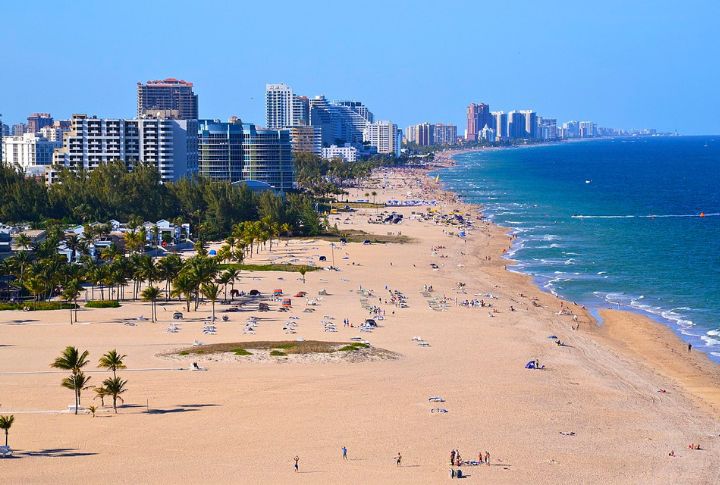
America’s reptiles are fighting a losing battle against habitat destruction. Now that ecosystems collapse under development and climate change, many species are vanishing rapidly—yet protection efforts remain dangerously uneven. While some states race to safeguard these creatures, others are failing to protect them. Here are the 10 states where reptiles are struggling for survival.
Florida
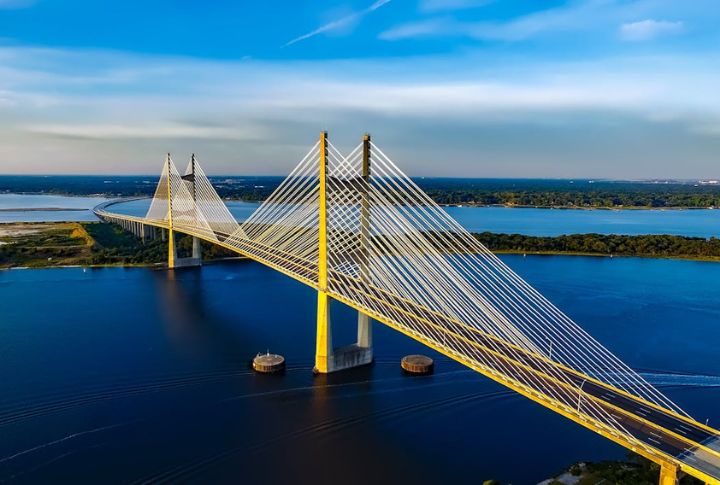
Florida is home to nearly 20 endangered reptiles, but many are disappearing fast. As cities expand, wild habitats shrink—especially in the Florida Keys, where rare species like the Key ring-necked snake struggle to survive. Even worse, invasive Burmese pythons hunt native animals, and coastal sea turtles face bright lights and construction that ruin their nests.
South Carolina
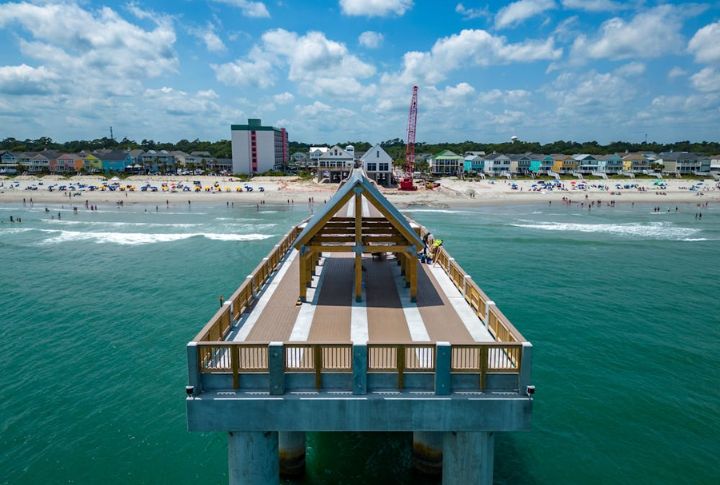
Nesting season gets harder every year for loggerhead sea turtles because crowds and bright lights take over quiet beaches, which invade their natural habitat. In South Carolina, forest loss is pushing spotted turtles and coral snakes closer to danger. With over 100 reptile species at risk, conservation groups now race to protect what little habitat remains.
Texas
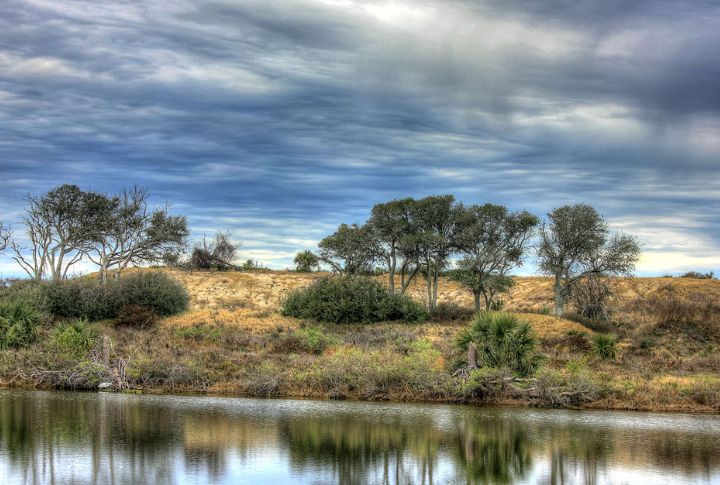
Texas is full of amazing reptiles—over 140 species call it home, far exceeding most states. But many are now in trouble. The dunes sagebrush lizard and other desert reptiles are disappearing fast as oil and gas drilling destroy their sandy homes. Without their habitat, these creatures are losing the space they need to survive.
California

Giant wildfires and prolonged droughts are killing California’s reptiles. Fifteen different species might disappear forever because farms and cities took over their homes. Additionally, desert tortoises are dying at an alarming rate, with 90% migrating away. The blunt-nosed leopard lizard can barely find grasslands to live in anymore since people have built homes over most of them.
Louisiana
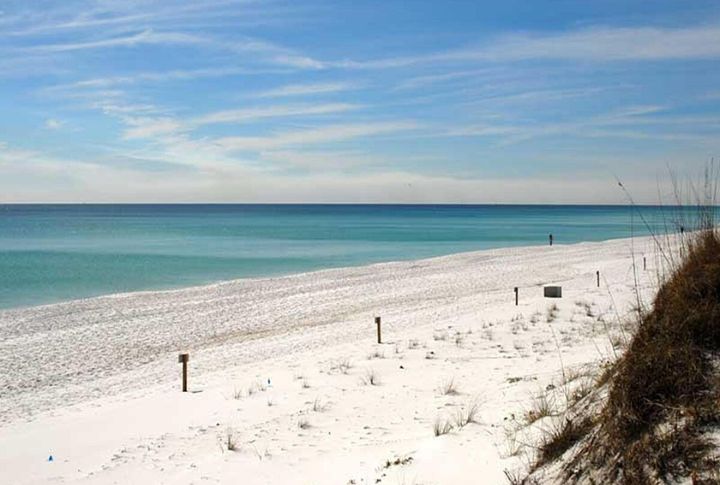
Coastal land here is disappearing faster than almost anywhere else in the U.S.—and reptiles are paying the price. In Louisiana, over 1,800 square miles have vanished into the Gulf. Sea turtles, alligators, and the critically endangered pine snake are also losing ground, while hurricanes wipe out entire marsh populations before they can recover.
Hawaii
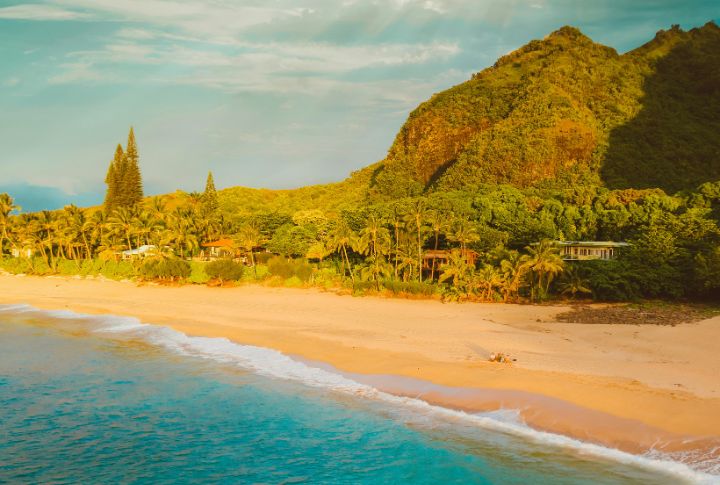
Most of Hawaii’s reptiles are guests as people introduced colorful geckos and anoles that now overwhelm native species. Even the mongooses initially brought to control rats, now prefer eating reptile eggs. With hotels and farms consuming wild spaces, Hawaii’s original reptiles are being squeezed out of their own home.
North Carolina
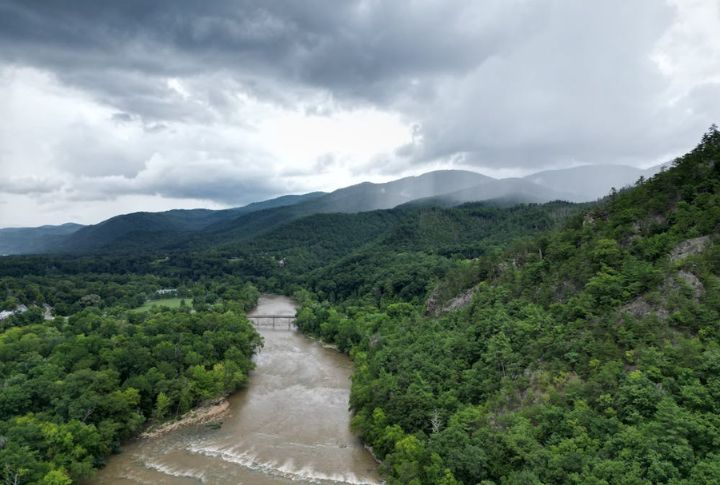
Along the coast of North Carolina, beach construction pushes terrapins away from nesting sites. And across the state, roads and runoff turn safe habitats into danger zones. The consequences? More than 60 reptile species are running out of space to live and breed. As wetlands disappear under growing developments, bog turtles are left with nowhere to live or nest.
Alabama
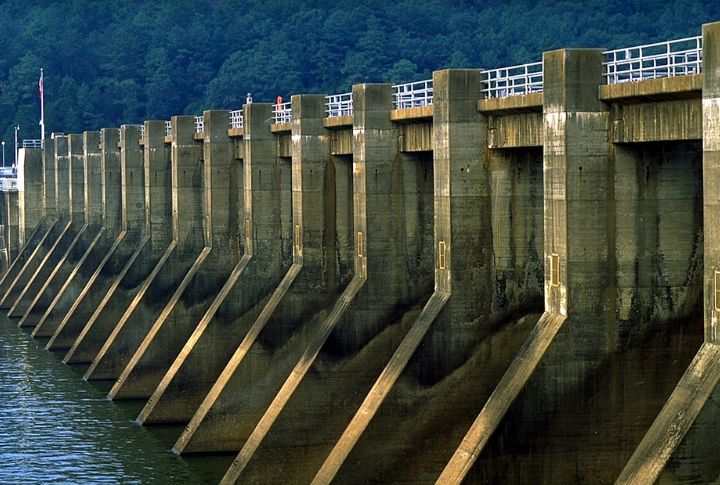
In Alabama, dams now block flattened musk turtles from reaching feeding and nesting sites. Sprawling cities erase the wetlands in between, and with weak habitat laws, these reptiles have little protection left to count on. At first, dense river systems gave rare reptiles room to thrive—until construction began cutting those lifelines apart.
Georgia
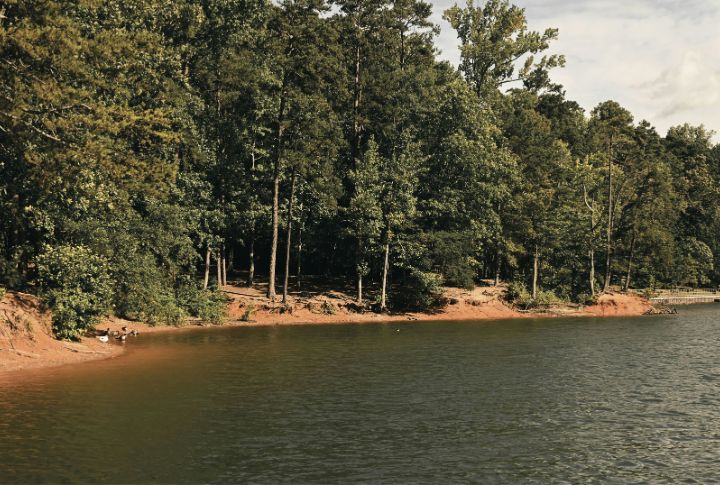
Sea turtles arrive every summer on Georgia’s beaches, desperately searching for quiet spots to bury their eggs, but hotels and condos now crowd most of the coastline. The native snakes can’t cross busy highways that slice through their territory. Moreover, coastal marshes keep disappearing due to pollution and rising seas, ultimately leaving threatened reptiles with nowhere safe to go.
Arizona
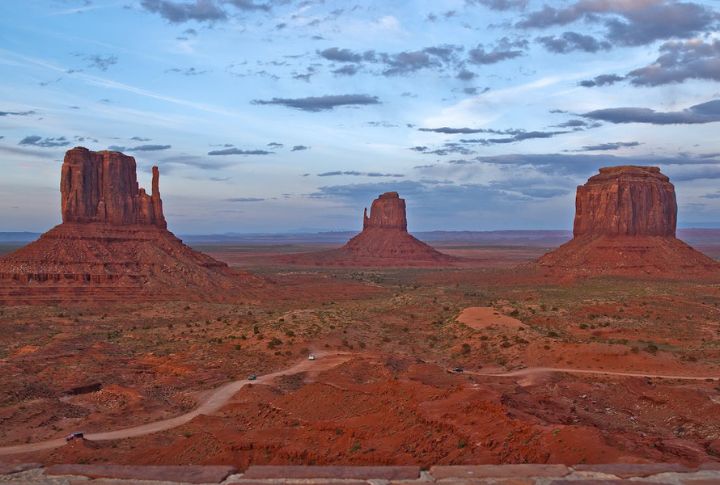
Arizona has more lizard species than almost any other state, though even here, many are disappearing. Mining and water projects cut through fragile desert ecosystems, leaving tortoises and gartersnakes struggling to adapt. By the time heat waves intensify, food chains break down, and in these remote regions, conservation help rarely arrives in time.

